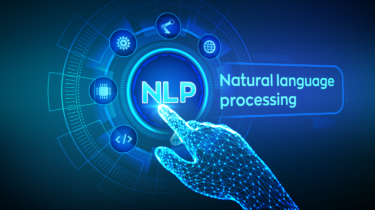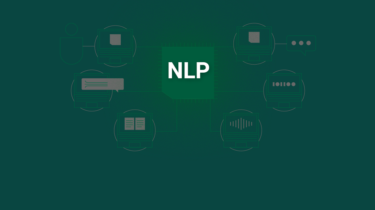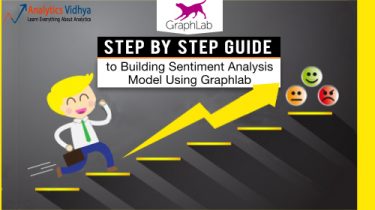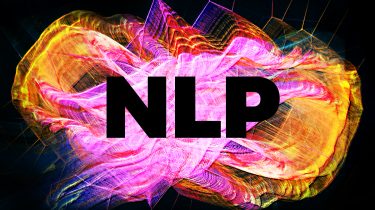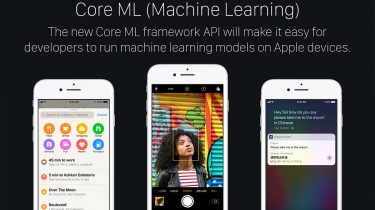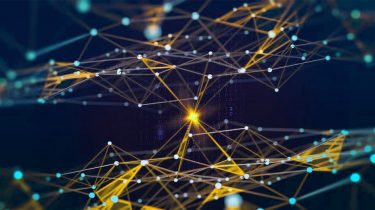Build an end-end Currency Convertor chatbot with Python and Dialogflow
This article was published as a part of the Data Science Blogathon Introduction Hello all, Hope you are fine. In this tutorial we will learn how to create chatbots using Dialogflow and python, as well we will learn the deployment of chatbots to telegram. In our previous articles, we have learned to create a simple rule-based chatbot using simple python and NLTK libraries. I would like to request you to have a look at the article creating a simple chatbot […]
Read more
